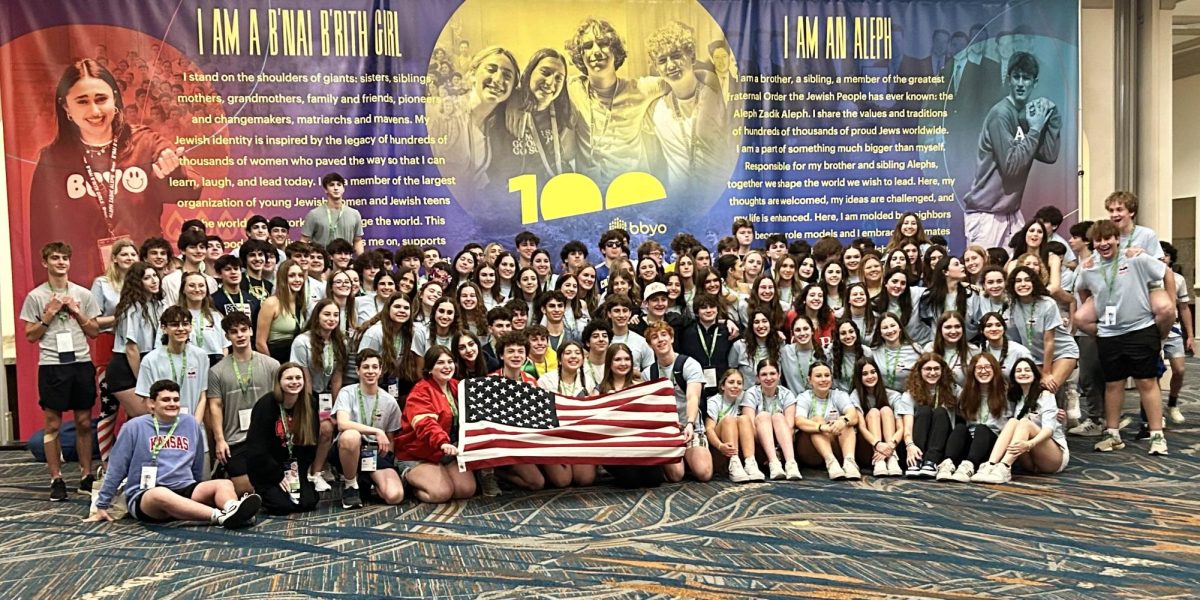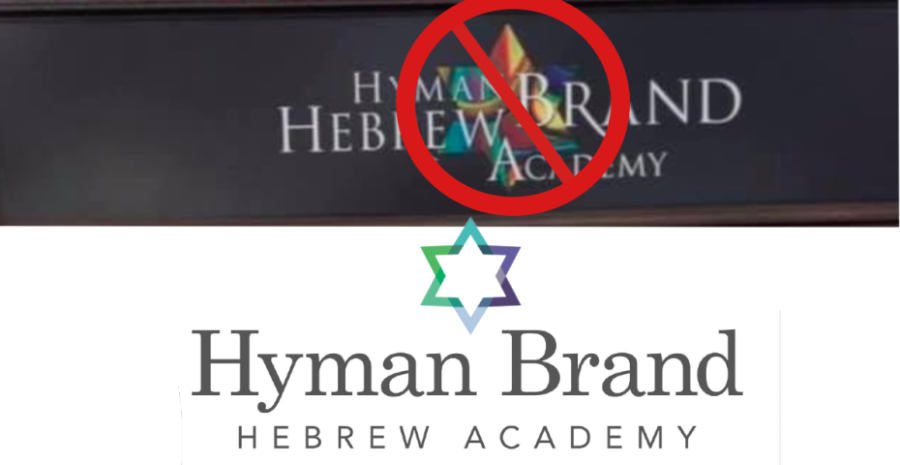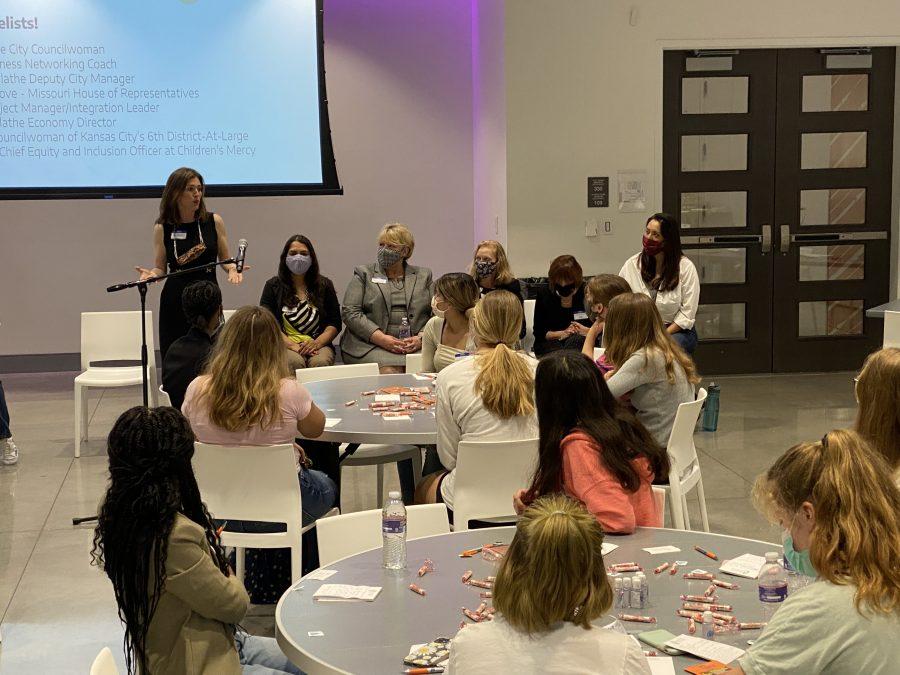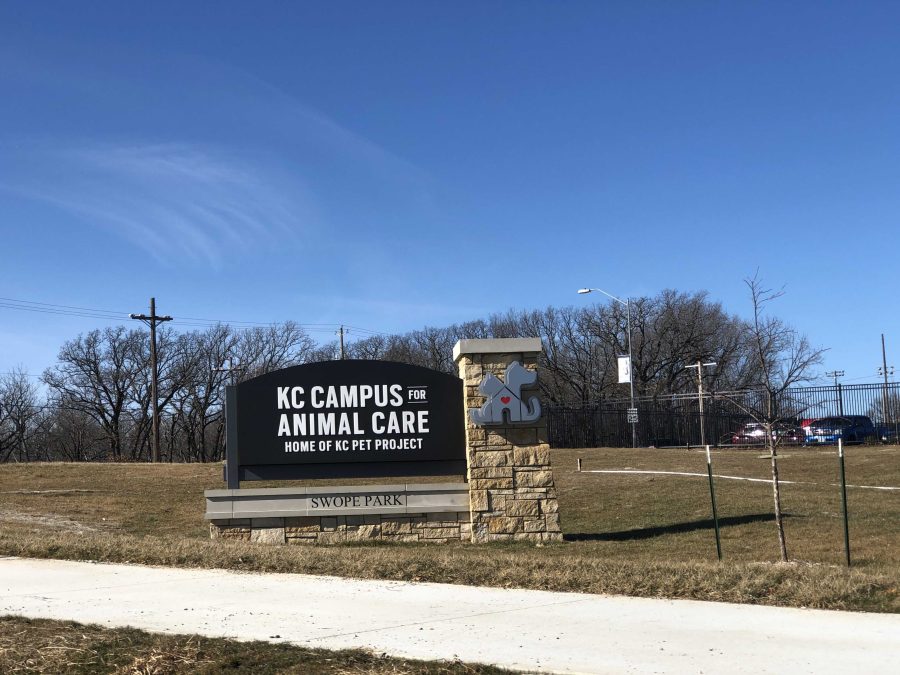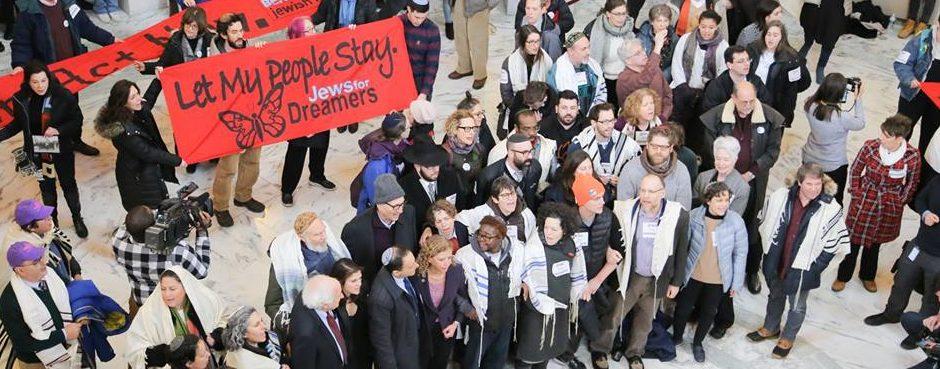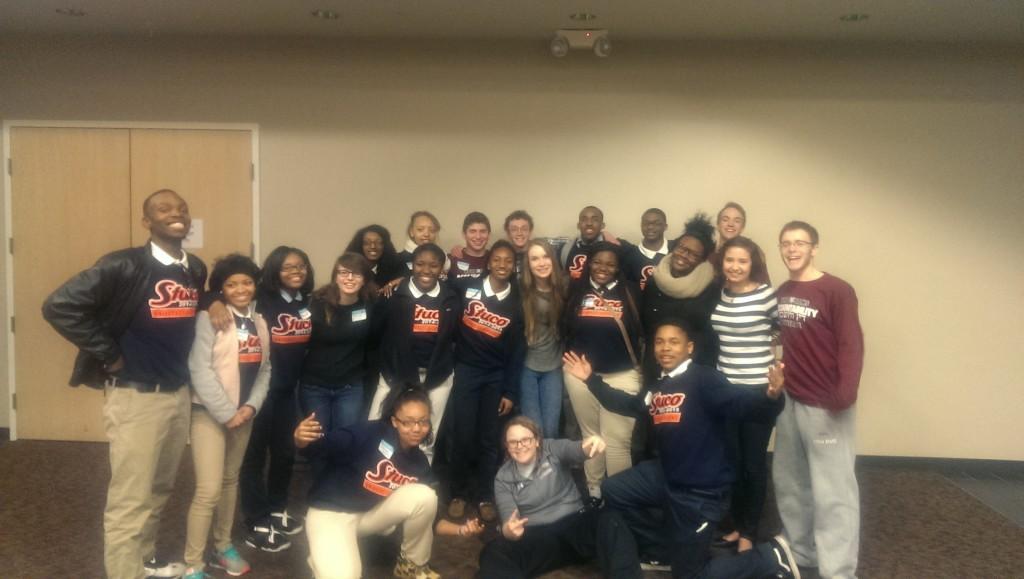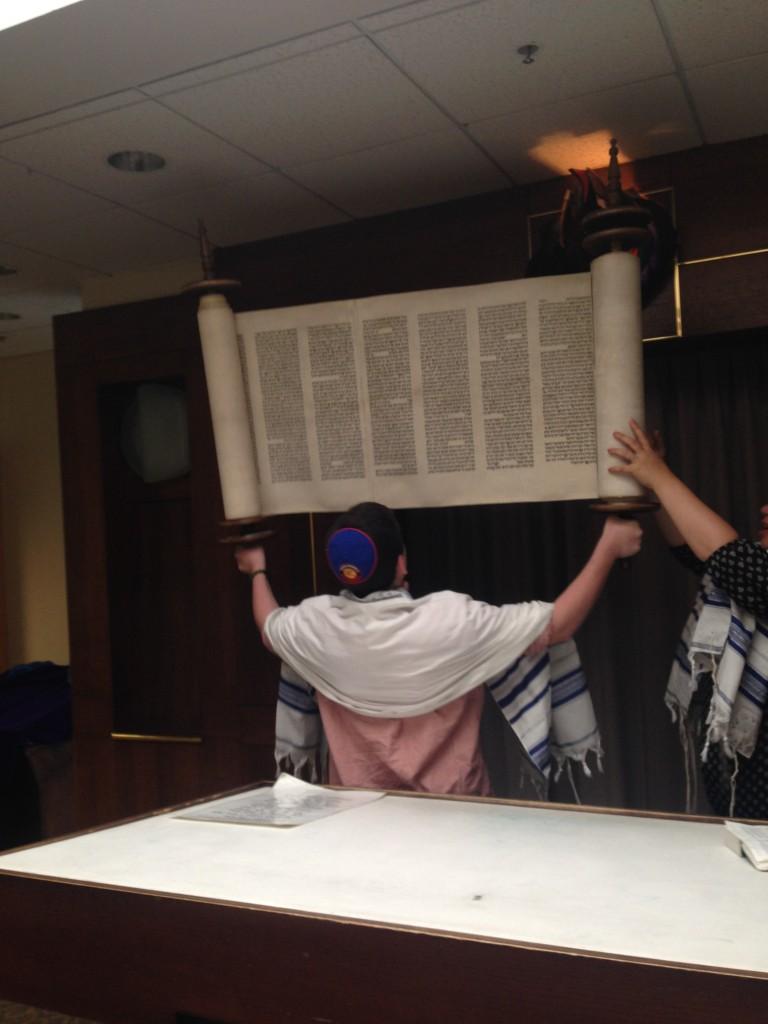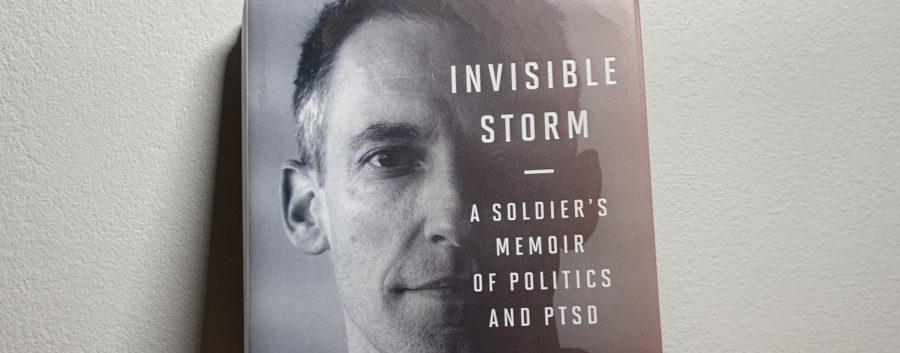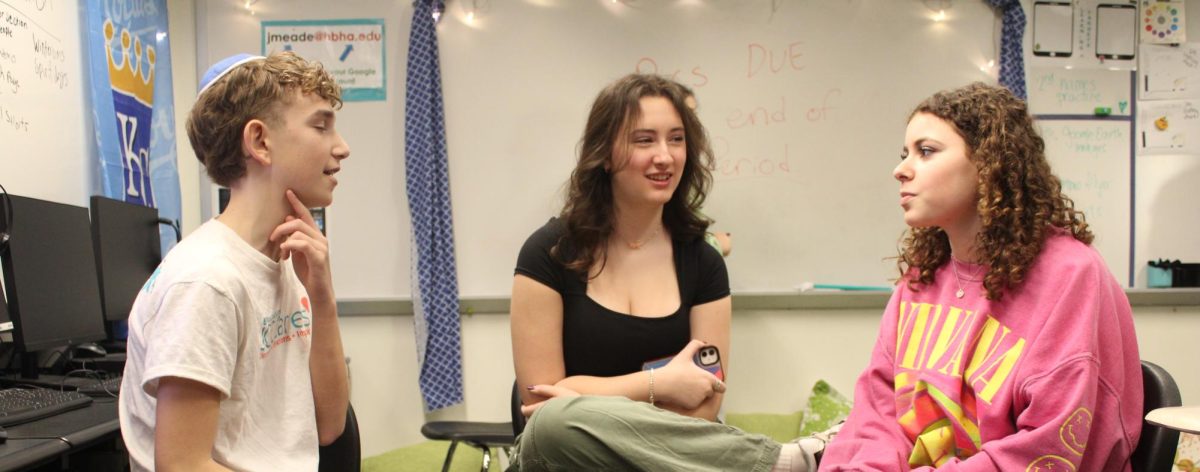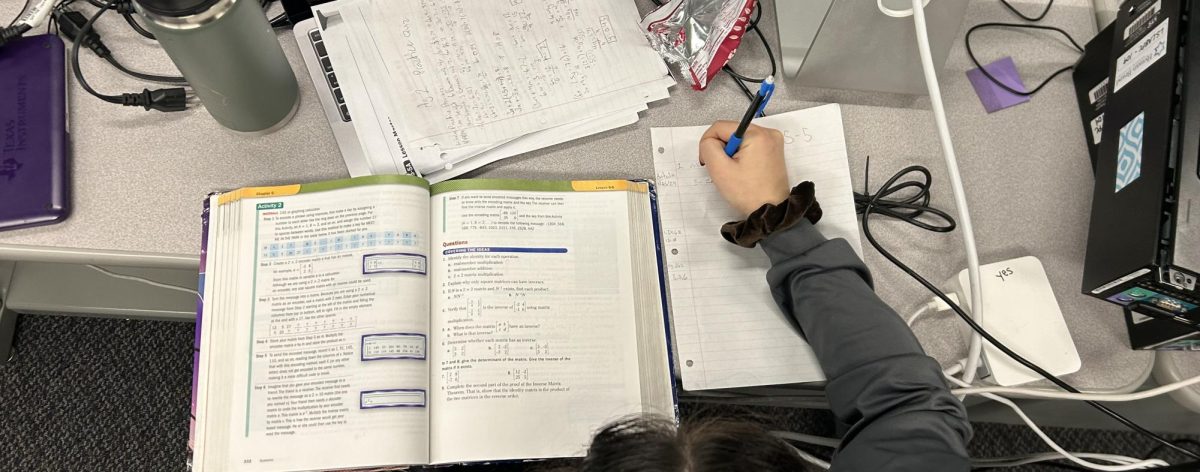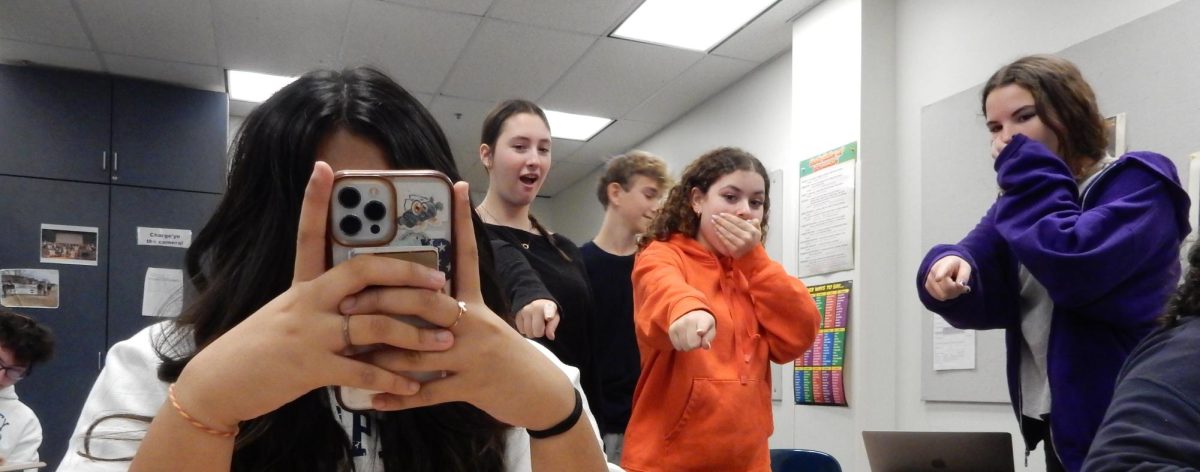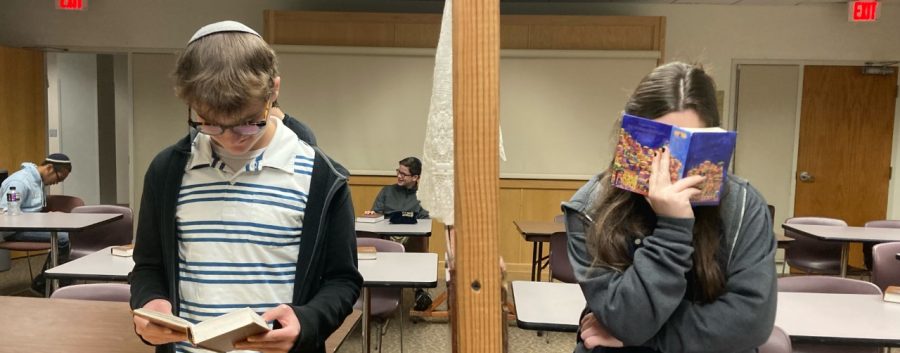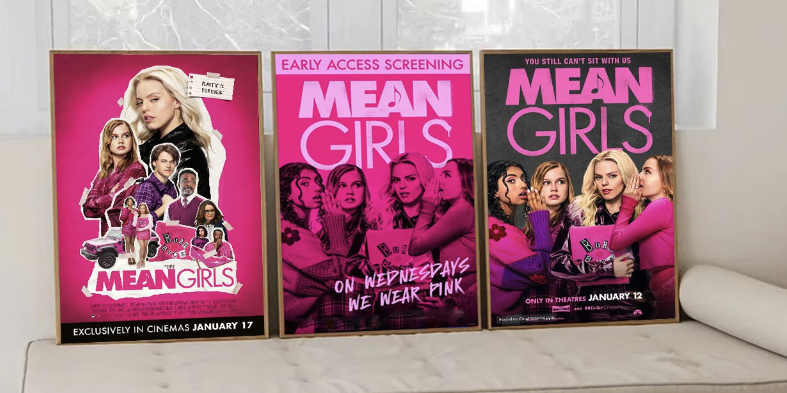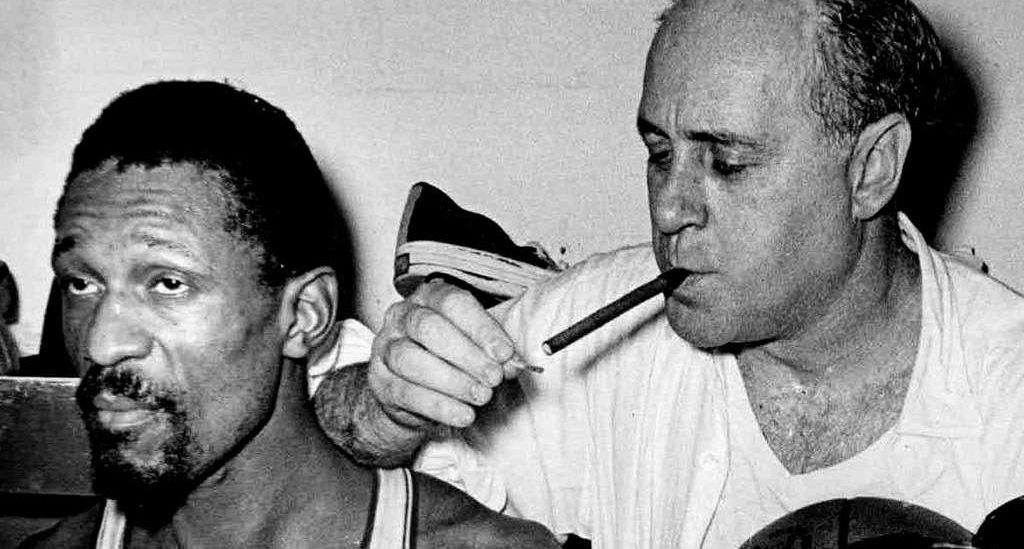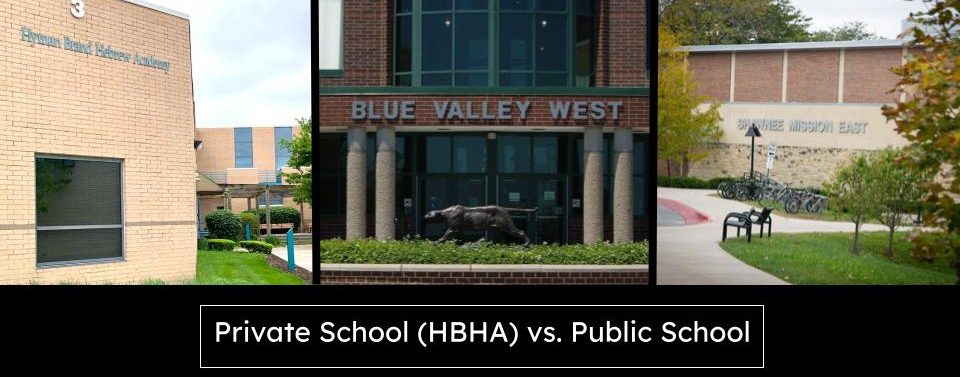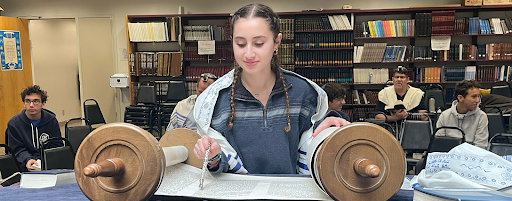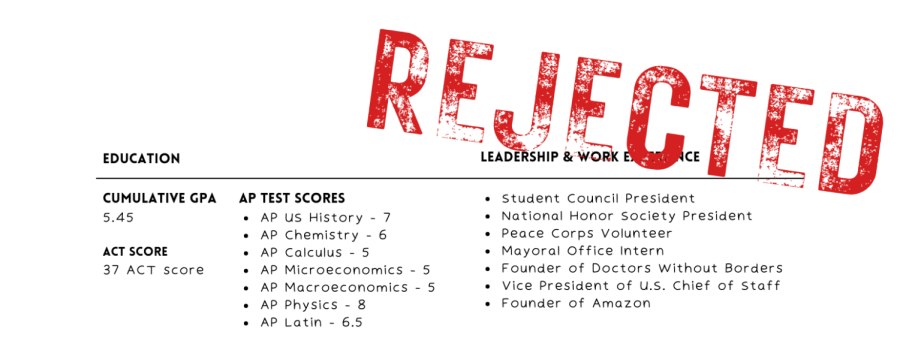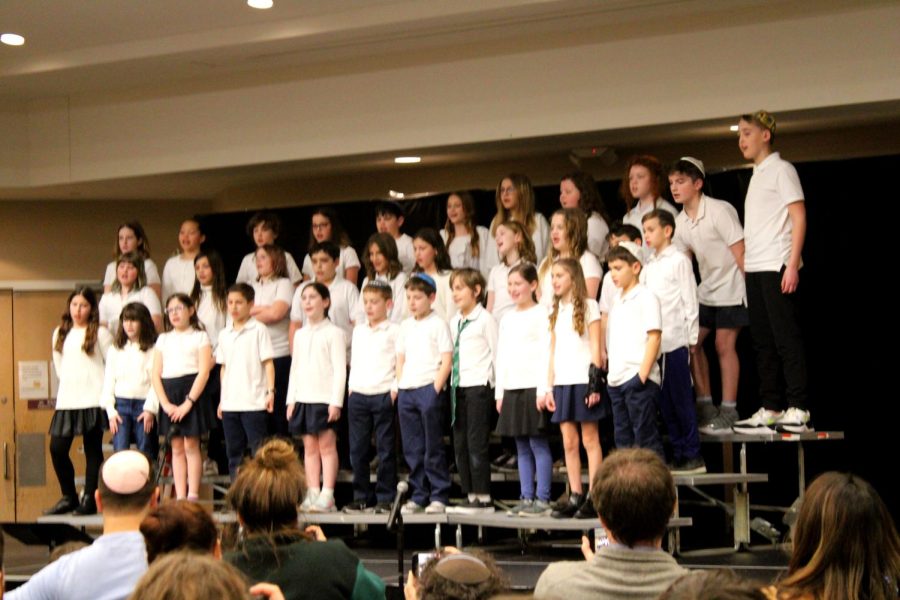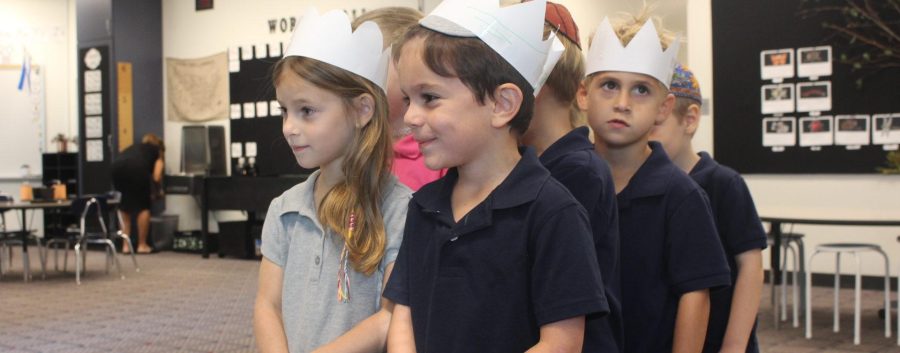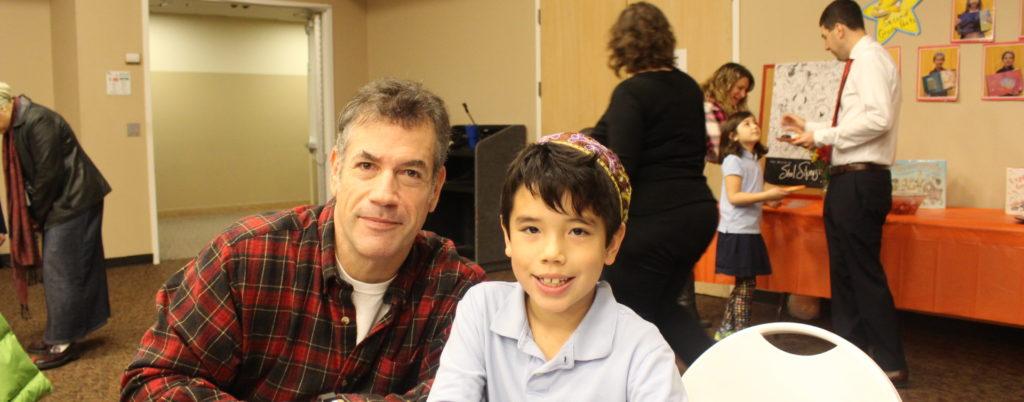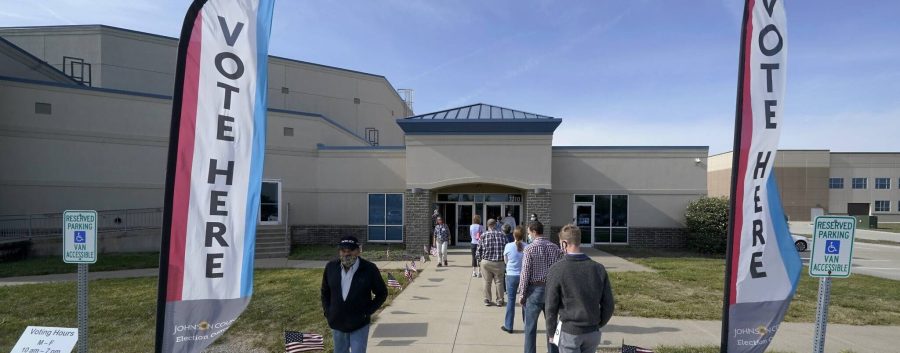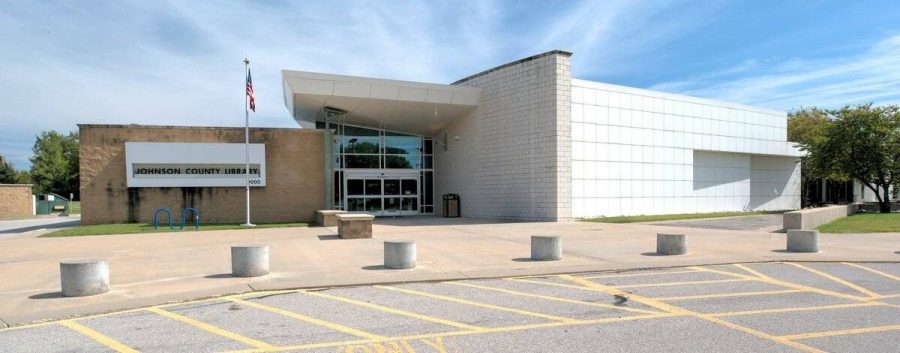Slider image by Cory Weaver
In late March and early April of this year, Hyman Brand Hebrew Academy (HBHA) students watched A Raisin in the Sun by Lorraine Hansberry at the Kansas City Repertory Theatre and Fahrenheit 451 by Ray Bradbury at the Jewish Community Center of Greater Kansas City (JCC). A Raisin in the Sun tells the story of a black family from Chicago enduring racism in the 1950s. Fahrenheit 451, written in 1953, portrays a dystopian world in which firemen burn books and information is concealed from the public. The setting of these two stories may seem outdated in the midst of our modern society, but perhaps these plays can yield important lessons for the youth of today.
The reading of both Fahrenheit 451 and A Raisin in the Sun are integrated in the HBHA upper school curriculum.

Sophomore English teacher, Micah Margolies, believes that Fahrenheit 451 is, “one of the most relevant books I could possibly teach.” In the play and novel, antagonist Fire Captain Beatty declares that all information must be trimmed to its bare minimum, saying, “Politics? One column, two sentences, a headline! Then, in mid-air vanishes!” Margolies sees this monologue as a representation of how information is conveyed to people today via Facebook or Twitter.
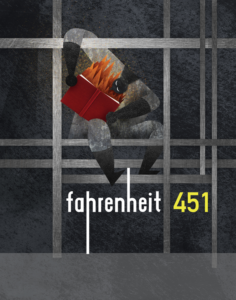
According to Margolies, many of these people will “read headlines without reading the article in its entirety, let alone read a whole book.” This continuous cropping of information leads to people ceasing to formulate their own opinions. Fahrenheit 451 criticizes this trait by having its characters focus on entertainment through movies, sports, and racing cars rather than experiencing life.
Cultural Arts Marketing and Events Coordinator at the JCC Melissa Blair Anderson found that themes in Fahrenheit 451 apply not only to youth, but “across generations” as well. Anderson described the play’s motifs of “knowledge versus ignorance, censorship, and distraction versus happiness” as ones that spark essential post-play audience dialogue.
A Raisin in the Sun is also a play that sparks necessary dialogue and unifies viewers of all ages. Social Studies teacher and English Department Chair, R. Gina Renee, finds that A Raisin in the Sun features characters with whom her students consistently relate.
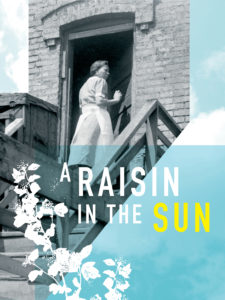
Her ninth grade English students are able to “connect with a family that struggles and fights but loves each other. It is a human relationship.” The play portrays the Younger family trying to live the American Dream and overcoming challenges associated with doing so. For instance, free spirited and spunky Beneatha Younger wishes to become a doctor but her brother Walter gives her college money to a friend to buy a liquor store. Walter himself also strives to be wealthy and able to provide for his family. Author Lorraine Hansberry is able to capture these extreme frustrations in a way that allows the student to empathize with the characters’ struggles.
Renee also continues to teach the play because it is a way for her to introduce her students to the history of redlining in America, much of which has deep roots in Kansas City. Along with A Raisin in the Sun, Renee teaches an article in Tanner Colby’s book entitled Some of My Best Friends are Black, specifically the chapter “Have You Seen the Country Club District?” which describes the racially restrictive covenants imposed by real estate developer J.C. Nichols in 1930’s Kansas City. In the play, the Younger family is intimidated to move from the south side of Chicago to a white-dominated neighborhood due to redlining. Renee uses the play as an opportunity to review our city’s history of racial discrimination.
Melinda McCrary, Director of Education and Community Programs at the Kansas City Repertory Theatre, also found relevance in the play because of its dealing with segregation in our society. McCrary remarked that our city, neighborhoods, and world “…lack inclusiveness and empathy for people unlike ourselves.” A Raisin in the Sun provides themes that unite “youth of all races and cultures” because Hansberry was only 29 when she wrote it. These timeless motifs allow an essential dialogue to be formed around the play.
One of the directors of the play, Marissa Wolf, found urgency in the play’s performance in context of present day America. Wolf said, “an American classic like this should be examined for every generation of kids especially…in this charged environment where there’s a lot of hate speech and violence and anxiety about the ‘other.’”
One can grasp many life lessons from these plays. They teach us that in modern society it is essential to educate oneself and be and be open to interactions with people from various walks of life. These plays portray the dire consequences that can occur if one does not live by this principle.



